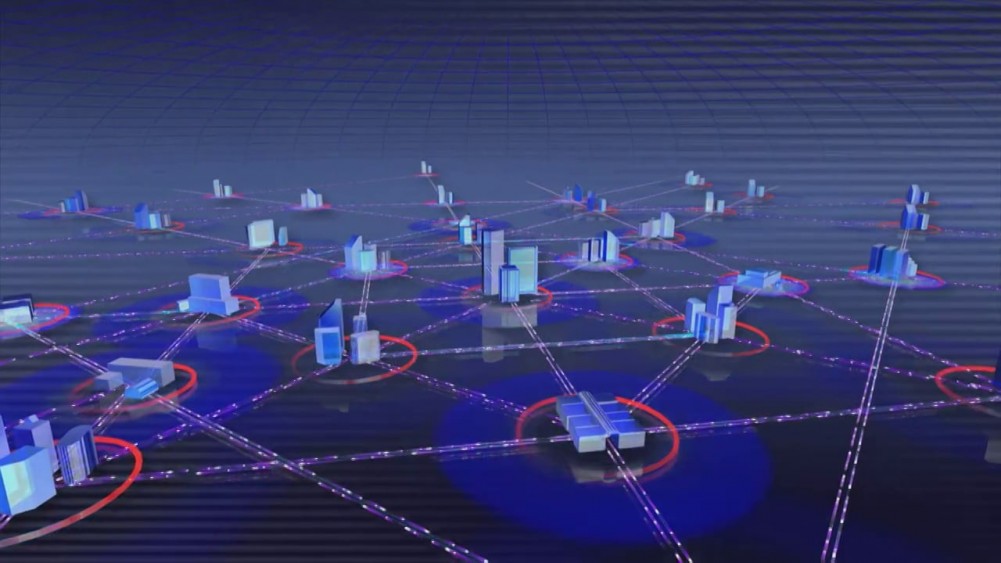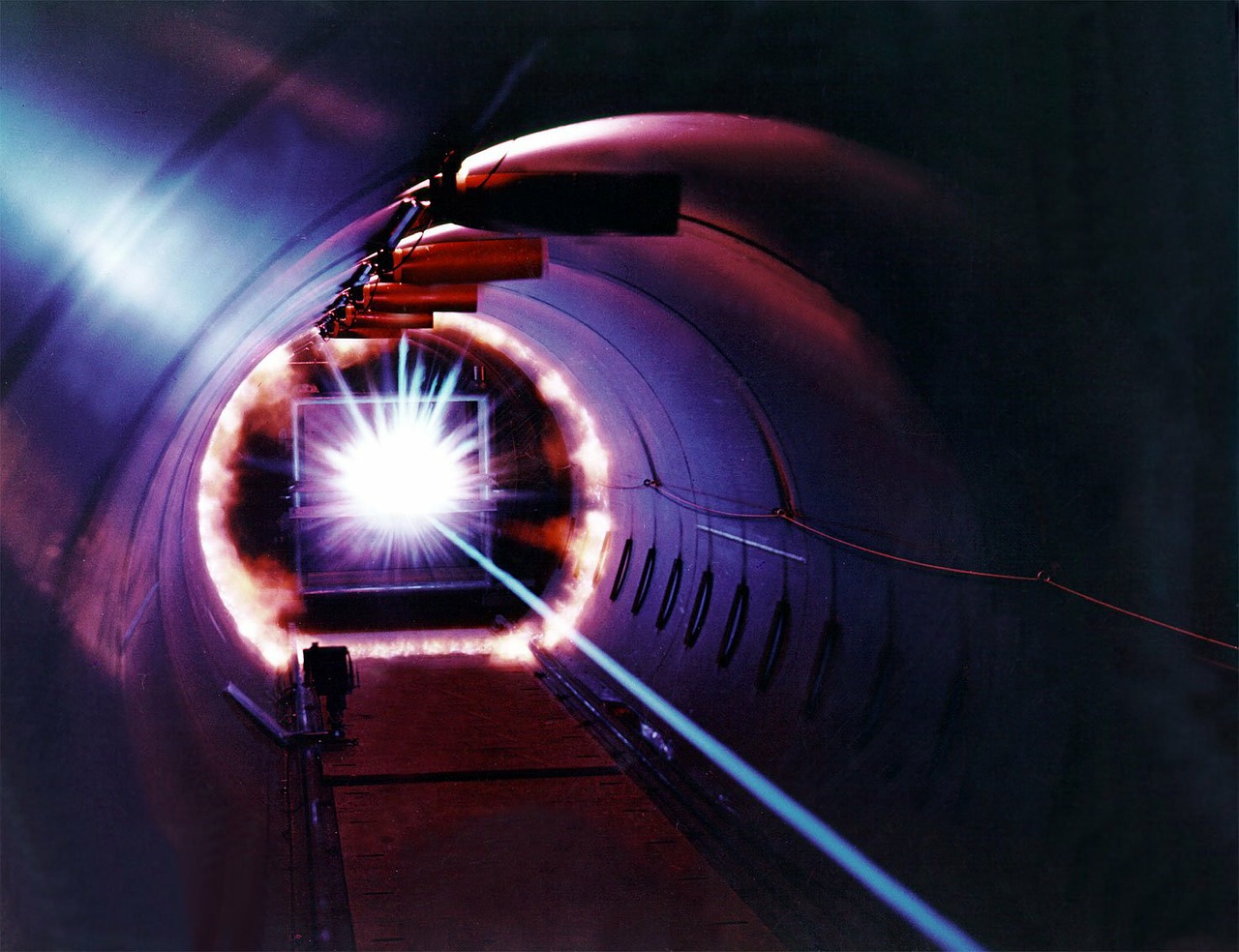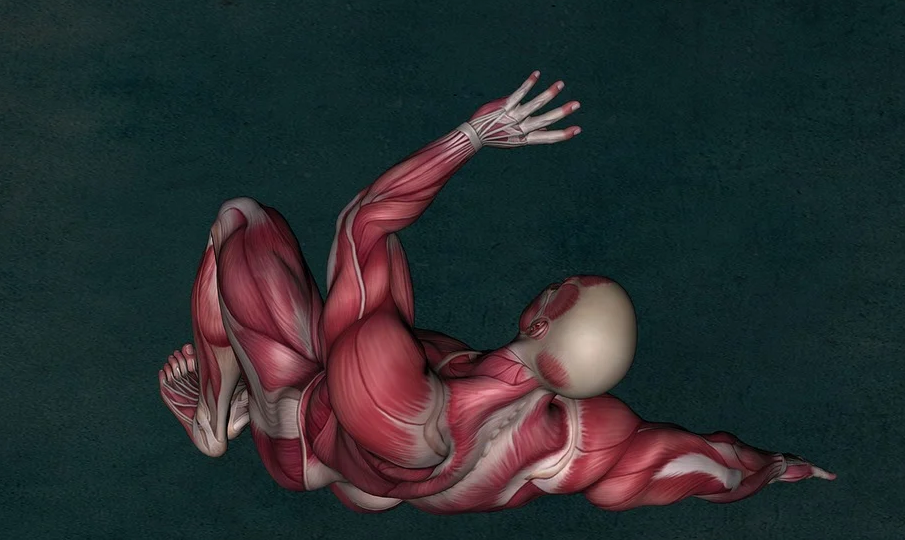Emerging Energy Use Cooperative Models
Today, as energy storage is becoming more affordable and surplus solar and wind electricity can now be easily stored for later use, microgrids dispatch power when and where needed 24 hours a day.
Electric microgrids are usually small electric heat and cooling distribution systems that coordinate activities and distribute energy from multiple fuel sources and multiple power generating assets, thereby benefiting a network of end-users.
Tomorrow’s Microgrids Taking Shape Today
The world is working its way toward better and better electric energy optimization, and cooperative communities, with as few as 24 members, are realizing better energy efficiency. These communities use internal trading within microgrids to reduce the need to obtain electricity in energy markets. Cooperative communities adjust combined heat and power (GHP) generation and internal and external energy trading amounts as needed.
In coming years, more and more groups of people and businesses will begin working collectively to run local microgrids a.k.a. Energy Improvement Districts (EID). Currently, US prisons, the Department of Defense, and universities in the United States are experimenting with various types of microgrid installations with an eye toward better efficiency and fewer environmental impacts.
Wider adoption of microgrids is being held back by the significant upfront costs and technical complexity of creating electric districts, as well as the challenge of running a shared energy infrastructure among a large number of stakeholders. Carrying out cost-benefit analyses, coordinating projects, negotiating contracts, and converting and convincing potential customers to come on board will hold back these new jointly developed energy grids.
Following is a quick overview animation of microgrids.







